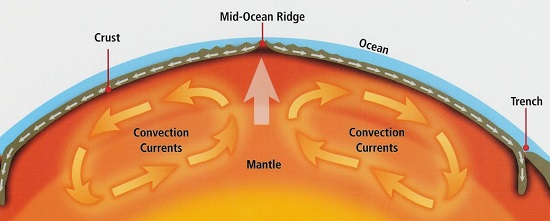The theory explains that the earth's crust is made of blocks called plates.
There are seven large ones as follows;
- Eurasian plate
- Australian plate
- Africa plate
- Antarctic plate
- N. American plate
- S. American plate
- Pacific plate
Then there are some smaller ones as follows;
- Indian
- Arabian
- Caribbean
- Cocos
- Somali plates
- Juan de Fuca
- Nazca
- Philippine
- Scotia
These plates are two types
- Oceanic plates which form major areas of the ocean floor including coastal lowland.
- Continental plates which form the bulk of the continental land mass.
The plates float on molten mantle layer called Asthenosphere.
The plates move relative to each other due to convectional currents in the mantle.
They move away from each other forming extension or constructive boundary called so because magma fills the space between
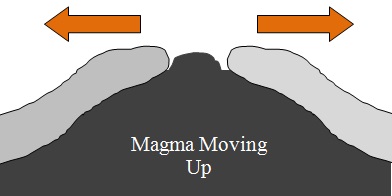
They move towards each other forming compressional or destructive boundary called so because materials between are crushed. The movements of those two types of plates have the following effects:
When two oceanic plates meet;
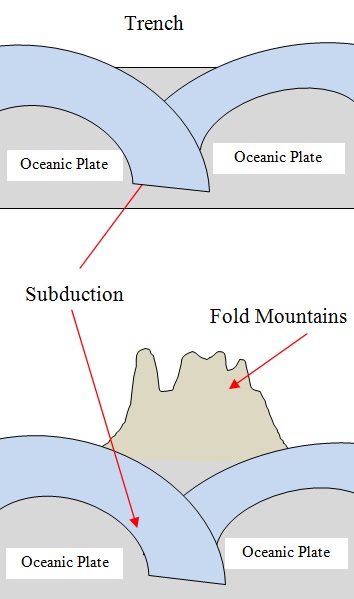
There is subduction and the ocean floor is pulled inwards forming a
trench e.g. Java Trench .Subduction is the passing of edge of one plate
beneath the edge of another.
- Sediments on the sea floor in the region of subduction are compressed to
form Fold Mountains.
1. When an oceanic plate meets a continental plate the edge of the
oceanic plate slides beneath the continental plate in a movement
called subduction.
- Sediments on the sea floor in the region of subduction are
compressed to form Fold Mountains.
- Fold Mountains are also formed at the edge of the continent
when the sial layer is compressed.
- The edge of the oceanic plate bends into the mantle forming a
trench.
2. When two continental plates collide the sial layer is folded into
mountains.
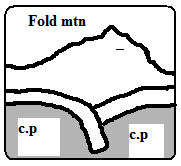
They move past each other forming transform or conservative
boundary called so because there is neither construction nor destruction
which occurs where the plates are separated by a major fault.
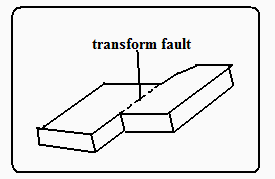
Significance of Plate Movements
1. Are sources of earthquakes and Volcanicity.
2. Causes formation of land forms such as Fold Mountains and ocean
trenches.
3. Spectacular landscapes formed are a tourist attraction.
4. Eruption of magma can result in formation of valuable minerals.


